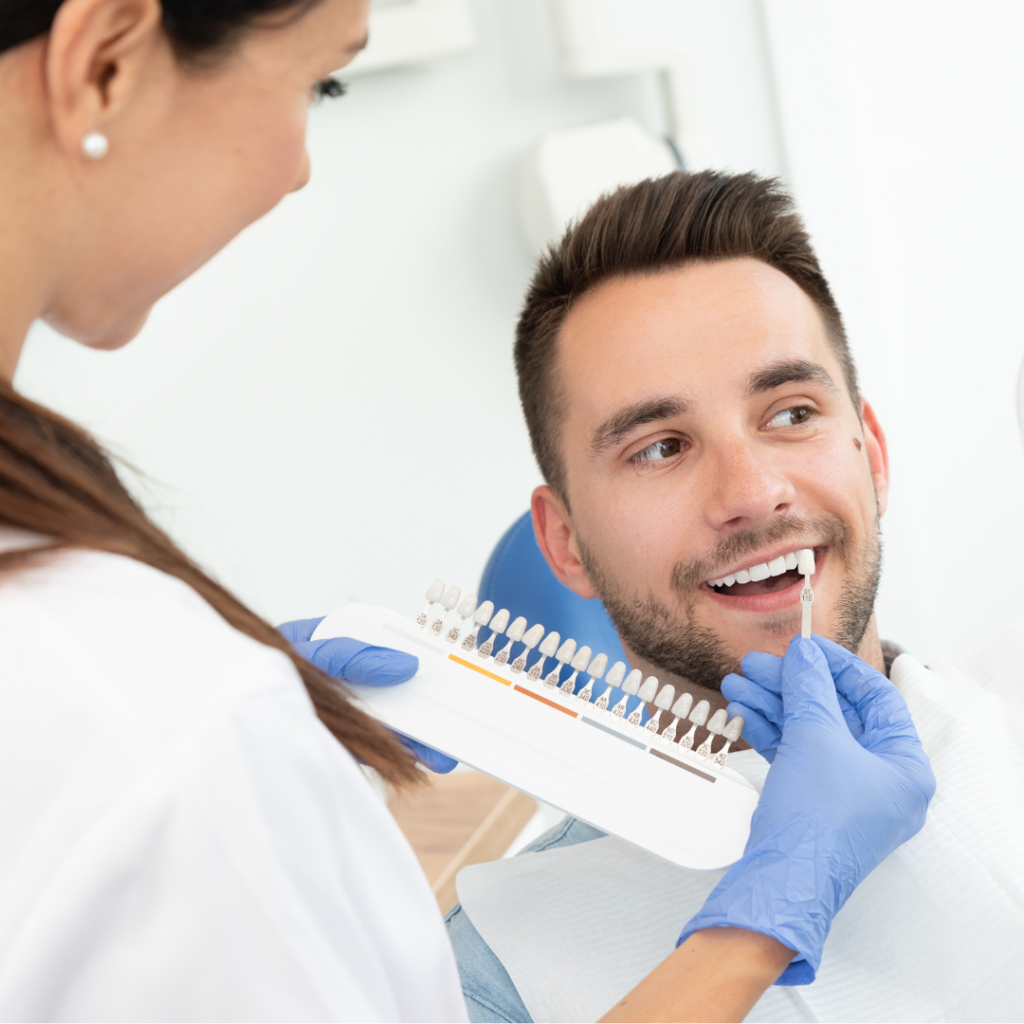

Can’t believe we’re into February already and pushing the sea swim start time back to 7am. Some gorgeous sunrises but it’s not getting any warmer in there yet…
On Tuesday this week, I headed to the Houses of Parliament for the Annual HealthTech Conference to hear policy makers talking about pathways and barriers for innovations in healthcare – and ask a few questions myself…
1. Virtual wards – brighter at home?
As the NHS prepares to ramp up virtual ward provision to reduce pressure on hospital beds (although the cost per bed saved may be surprisingly high) – Length of stay and economic sustainability of virtual ward care in a medium-sized hospital of the UK: a retrospective longitudinal study, I’d love to know whether smart lighting is on the list of interventions being considered: after all, every room has a light, isn’t it time we harnessed that circuit to offer tailored support in real time – reduce long-lie falls, track the location of equipment and predict cleaning and maintenance needs?
2. Virtual diagnosis – feeling off-colour?
Many conditions can be spotted by changes in skin colour, almost impossible to see in poor-quality light. Enhanced-spectrum LEDs are increasingly used in dentistry – Accuracy of tooth color determination by dental students using daylight-calibrated dental operatory lighting sources, and dermatology – Light in diagnosis, therapy and surgery, to improve accuracy and comfort. Spectral tuning can be optimised to enhance the visibility of organs and tissues in critical biomedical imaging techniques such as endoscopy, too – Light source design for spectral tuning in biomedical imaging. Isn’t it time these affordable technologies were adopted in telehealth settings too?
3. Shift worker support – sleeping on the job?
Smart lighting, in combination with wearable technology, apps like Sleep Cycle and Circadian Reinforcement Therapy, can help front-line staff manage the physical and mental impact of chronic disruption to their body clocks and reduce errors and sleepiness on the job, too. The effectiveness of circadian-effective lighting technologies is well-established – Circadian-informed lighting improves vigilance, sleep, and subjective sleepiness during simulated night-shift work. Isn’t it time we focused some of the HealthTech efforts on this precious resource, too?
Doing Well by Doing Good: Innovators in Healthcare – Lynne Green
This weeks’ shining example is Lynne Green at Kirk House in Belfast.
Lynne is the Deputy Manager of Kirk House, a 42-unit Residential Care Home built in 1993 by the Belfast Central Mission, an agency of the Methodist Church. Lynne was closely involved with the development of Memory Lane, a specialist dementia facility that opened in 2014 and won the Stirling Dementia Care Gold Award for Design.
Lynne is constantly seeking out new ways to make her residents and staff’s lives better, so when Lloyd Crawford and Pamela Topping of Skyjoy and Ulster University PhD candidate Kate Turley approached her with the offer to test a new approach to lighting, Lynne was happy to give it a try.
The team installed Daylight Simulator Luminaire – smart ceiling lights that adjust intensity and colour temperature throughout the day. These lights not only deliver an optimised ‘circadian’ lighting cycle to support a healthy sleep-wake cycle but include pioneering radio-frequency sensors linked to an AI-based algorithm that effectively enables the room to ‘learn’ residents’ habits and raise the alarm when those natural patterns are disturbed. These approaches not only allow care teams to monitor residents without disturbing them at night but also offer the potential to spot progressive changes in behaviours, such as the frequency of trips to the bathroom that might indicate an infection or other condition.
The Results
The team saw remarkable shifts after just 16 weeks:
This pilot has now been extended for three years, Kate’s work was awarded the prestigious SLL Young Lighter prize in 2024, and Skyjoy has secured a patent for their pioneering technology.
A win -win- win!
Key Takeaways for Care Providers
To quote Lynne Green:
“I would love to see this kind of lighting in all care homes. It’s not just for dementia—it benefits everyone.
Lighting for brighter smiles
Tomorrow is National Dentists Day.
I am very grateful to my wonderful dentist John, but I can’t say I like spending time in the chair…
It feels even worse if you’ve spent a small fortune repairing a chipped tooth, only to discover that the new one doesn’t blend in with the rest of your smile…
But I don’t envy his job, trying to make that match by eye and sending a reference to a lab somewhere, juggling two alternative reference guides – and two competing measurement systems, adding up to thousands of data points – there are actually 1172 distinct natural tooth colours… – How many tooth colors are there?
No wonder it’s sometimes a bit off.
Although standardisation will obviously help – Accuracy of tooth color determination by dental students using daylight-calibrated dental operatory lighting sources, making sure they’re using the right lighting might make a difference too. Trhis small-scale pilot compared incisor colour matching under a full-spectrum ‘SmileLite’ source and found a a significant improvement compared to a standard dentist chair light, taking daylight as the baseline – Comparative evaluation of the effects of lighting conditions on the shade selection of maxillary central incisor using visual methods. And yet, this review of over 30 private practices in the USA found that the majority weren’t set up to give an accurate match – Lighting conditions used during visual shade matching in private dental offices.
I wonder what John would say if I took my own lights next time?